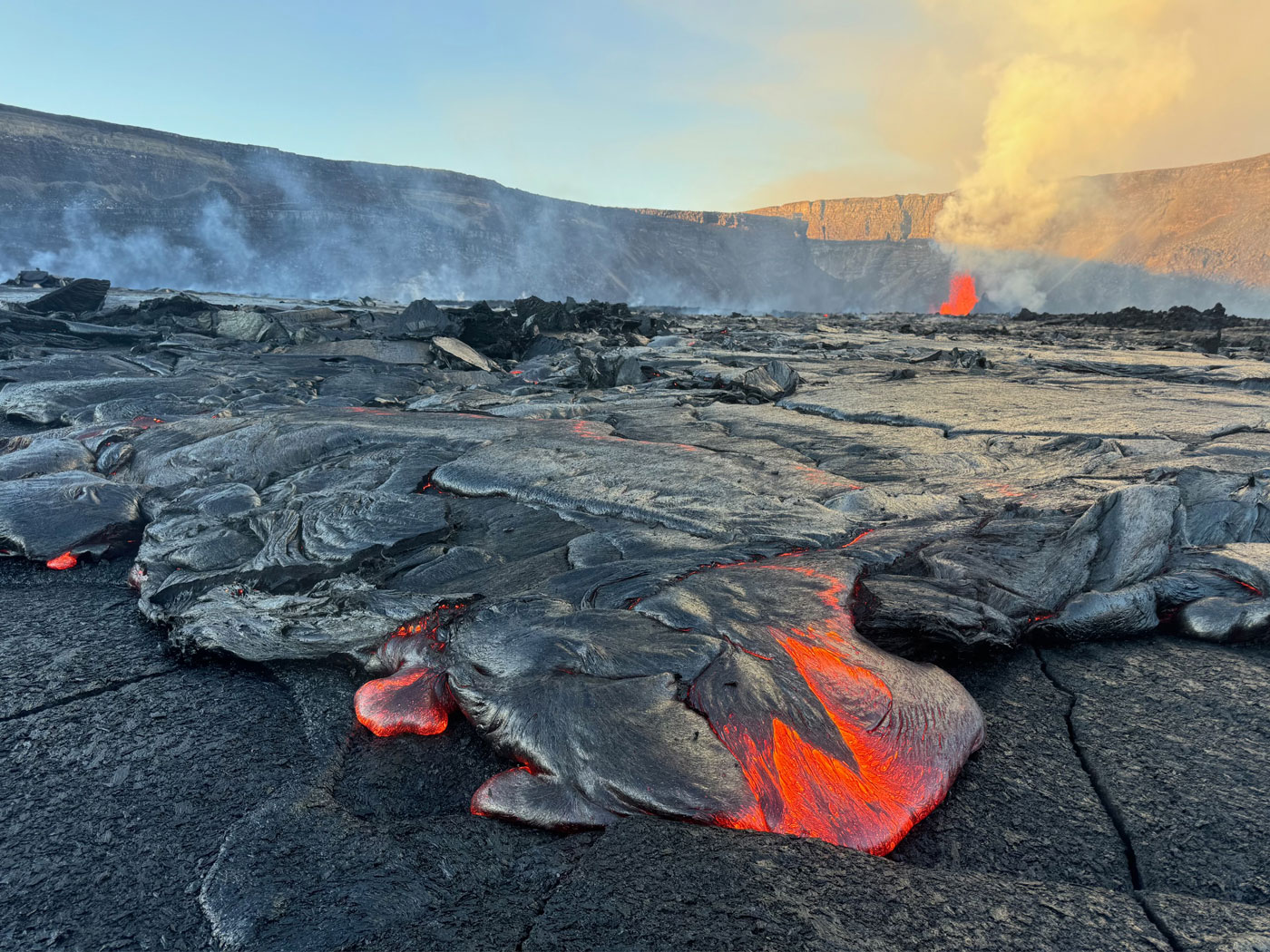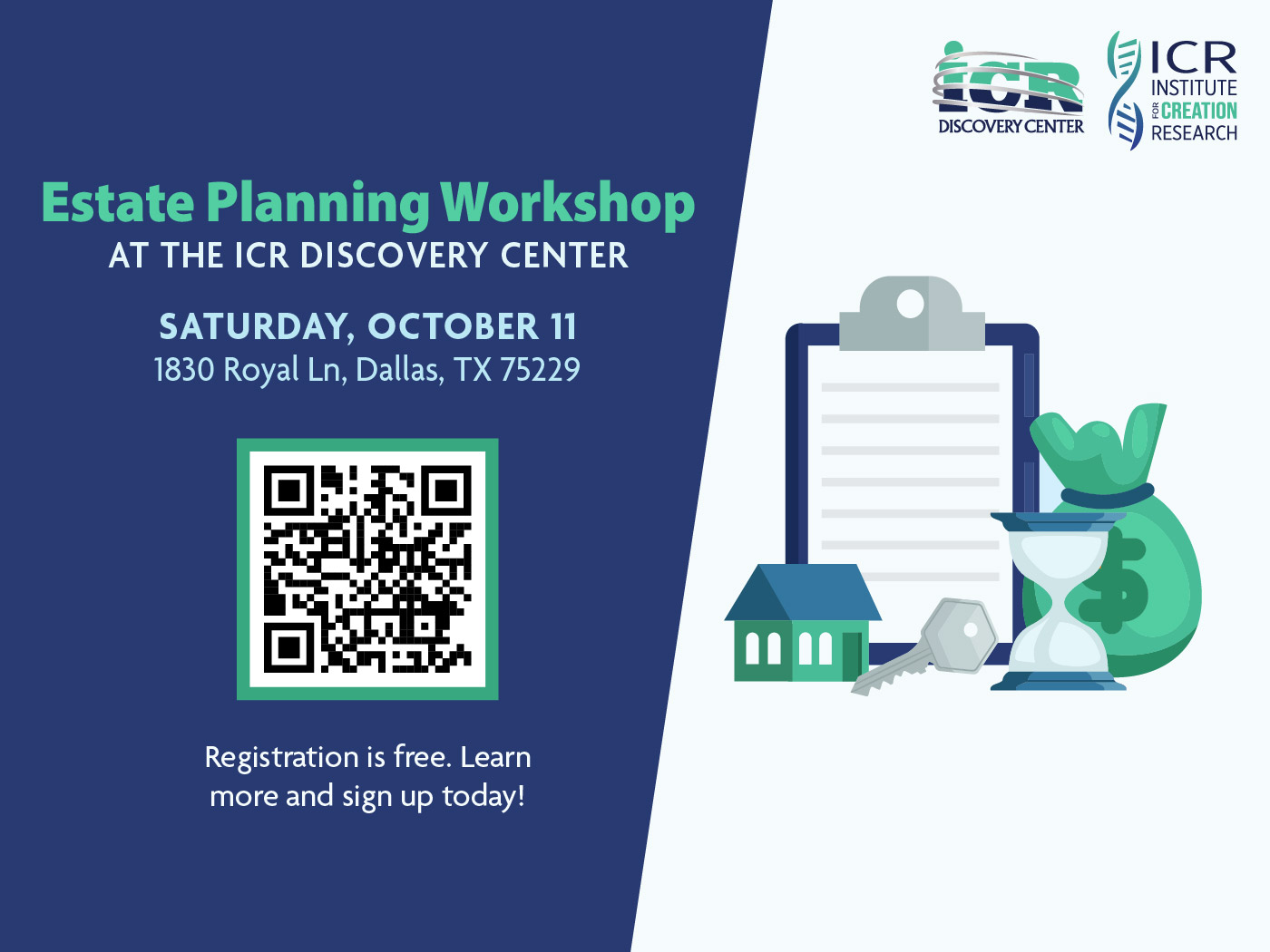Wood has long provided mankind with construction material, fuel, enjoyable scenery, and shade. One of the most abundant biological products in the world, wood consists of the thickened cell wall deposits that provide support for branches and stems in trees and woody plants. Scientists recently described the oldest known example as "a simple type of wood,"1 but just how "simple" is this material?
The study published in Science looked at fossilized wood found in rocks that are supposedly 10 million years older than the prior record-holder. The discovery of this substance in "Early Devonian plants was unexpected," the researchers wrote, presumably because wood is such a complicated biomolecule that it should have evolved later, not earlier.
According to one evolutionary hypothesis, wood supposedly evolved in order to propel plants skyward, giving them a survival advantage over their fleshy, low-lying cousins. However, the authors of the Science report suggested that wood instead evolved in response to an "early" plant's need for carbon dioxide during a time when that gas was supposedly scarce. Plants require the carbon source to build sugar and wood, and with only small amounts of carbon dioxide available, the thought is that they might have developed wood to provide faster-flowing pipelines to gather the precious gas.
But which came first, the extra carbon dioxide that would be required to build the woody pipelines, or the woody pipelines that would be required to gather the extra carbon dioxide?
The study authors wrote that because of the small size of these woody plants, "the evolution of wood was initially driven by hydraulic constraints [inadequate fluid flow] rather than by the necessity of mechanical support for increasing height."1 But neither inadequate water flow nor the necessity of mechanical support are sufficient causes for wood development. In the real world, problems never produce their own solutions. Rather, solutions are always purposefully engineered by intelligent problem-solvers.
Wood is such a highly engineered material that humans cannot, and may never be able to, manufacture it. For example, one critical component is cellulose. This functions like a molecular cable in which a suite of over 30 enzymes…arranged in hexagonal rings that in turn form a larger hexagonal pattern anchored onto a plant cell membrane…work together to manufacture bundles of cellulose fibrils called microfibrils.
Each cellulose manufacturing site, called a Rosette Terminal Cellulose-Synthesizing Complex, has enzymes at the back that supply the raw materials, enzymes in the middle that join those materials together according to a specific and critical chemical arrangement, and enzymes in the front that arrange and crystallize the elongating string-like cellulose fibrils. Further, each Rosette Complex travels along the plant cell membrane in a specific pattern as it extrudes its cellulose from the cell.
In addition, the cellulose strands are embedded in a matrix consisting of organic polymers called lignin, cross-linking glycans, pectin, other proteins, and lipids. The cellulose/matrix material is laid down in a different orientation in three or more layers, like crisscrossing sheets of fiberglass wrapped around a pipe. Many such microstructures combine to form a woody stem that is extremely strong and yet can bend without breaking.
In short, there is no such thing as "simple" wood.
And there is no evidence that even one wood-making enzyme of the needed 30+ evolved. In fact, the existence of one or a few of those enzymes would be useless without all the rest, and the need to have all the enzymes present at once is strong evidence against wood having evolved. Despite the Science report's claim that its findings represent confirmation of "wood early evolution," there is still no known transition between fleshy and woody plants.
Wood is the same in its lowermost fossil occurrence as it is today because it was created on Day Three of the creation week to reproduce after its kind.2
Reference
- Gerrienne, P. et al. 2011. A Simple Type of Wood in Two Early Devonian Plants. Science. 333 (6044): 837.
- Genesis 1:11-12.
* Mr. Thomas is Science Writer at the Institute for Creation Research.
Article posted on August 18, 2011.


















